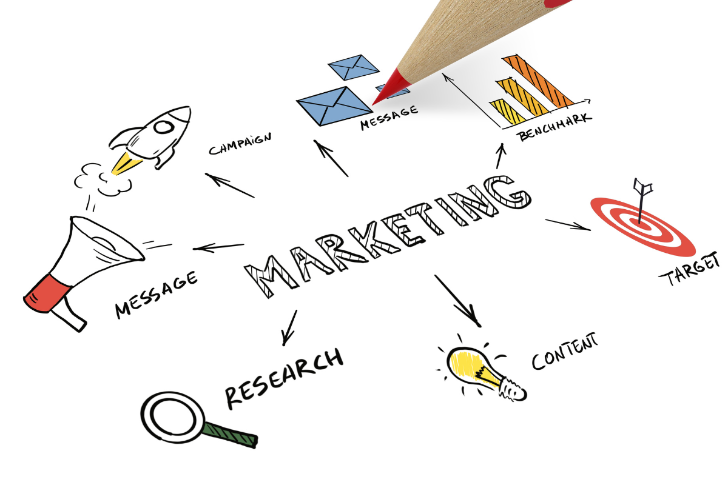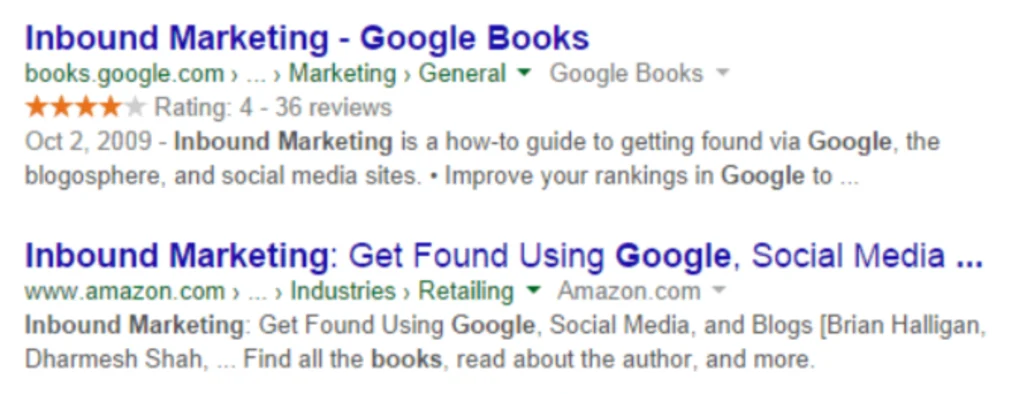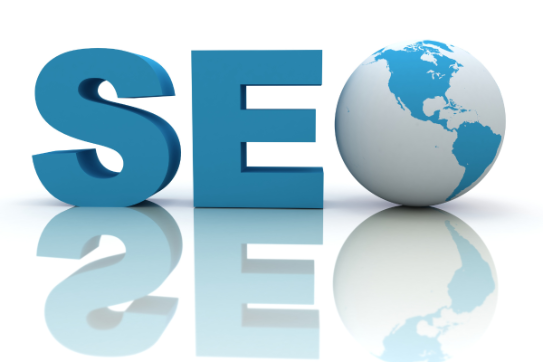Introduction:
Understanding the fundamentals of on-page search engine optimization (SEO) is crucial for anyone looking to enhance their website’s visibility and ranking on search engine results pages (SERPs). In this comprehensive guide, we’ll delve into the various aspects of on-page search engine optimization (SEO), covering everything from content optimization to technical considerations, and provide actionable insights to help you optimize your website effectively.
SEO Optimization Checklist
The SEO optimization checklist refers to the optimization techniques applied directly to a website to improve its visibility and ranking on search engines. It encompasses a range of strategies aimed at making web pages more appealing to both users and search engine algorithms.
Importance of On-Page SEO
white hat search engine optimization techniques is essential for achieving higher rankings in search engine results, increasing organic traffic, and ultimately, driving conversions. By optimizing various elements on a webpage, such as content, meta tags, and internal linking, website owners can enhance their site’s relevance and authority in the eyes of search engines.
Key Elements of On-Page SEO
on-page search engine optimization revolves around optimizing several key elements, including content, meta tags, URLs, internal linking, and the user experience. Each of these components plays a vital role in determining a website’s visibility and ranking on search engine results pages.
Content Optimization
Crafting high-quality, relevant content is at the core of on-page SEO (on page search engine optimization) . By creating engaging content that addresses the needs and interests of your target audience, you can attract more organic traffic and improve your site’s overall performance in search results.
Crafting Engaging Content
When creating content for your website, focus on providing value to your audience. Write informative articles, blog posts, and product descriptions that answer common questions, solve problems, or offer unique insights. Incorporate relevant keywords naturally into your content to improve its visibility in search results.

Keyword Placement and Density
Strategically placing keywords throughout your content is crucial for on-page SEO. Aim to include your target keywords in the page title, headings, meta description, and body content.
But don’t use too many keywords in your content, because that’s not good. If you put too many, it’s called keyword stuffing, and it makes your content less good. So, it’s best to keep it balanced and not go overboard with keywords.
Technical SEO
In addition to optimizing content, addressing technical aspects of your website is essential for On-Page SEO success. Technical SEO focuses on improving site structure, URL optimization, and other technical elements that impact search engine crawling and indexing.
Optimizing Site Structure
A well-organized site structure is critical for both users and search engines. Ensure that your website is logically structured, with clear navigation and hierarchy. Make sure to sort your content into clear groups and smaller groups so visitors can find what they want easily. making it easier for visitors to find what they’re looking for.
URL Structure and Permalinks
Optimizing your website’s URL structure can have a significant impact on its search engine visibility. Use descriptive, keyword-rich URLs that accurately reflect the content of each page. Avoid using generic or cryptic URLs that provide little insight into the page’s topic or purpose.
Meta Tags and Descriptions
Meta tags and descriptions are like little summaries of your web pages that help search engines understand what your pages are about. When you make these summaries good, more people might click on your website when they see it in search results. It’s like making a good first impression to get more visitors to your site.

Writing Effective Meta Tags
Craft compelling meta titles and descriptions that accurately summarize the content of your pages and entice users to click through to your site. Incorporate relevant keywords into your meta tags, but prioritize readability and relevance to maximize their impact.
Here are some tips:
- Include main (primary and secondary) keywords
- Position main keywords nearer the beginning
- Use the optimal format of ‘Primary Keyword – Secondary Keyword – Brand Name’
- Avoid keyword stuffing
Importance of Meta Descriptions
While meta descriptions do not directly impact search engine rankings, they play a vital role in attracting clicks from search engine users. Write concise, compelling meta descriptions that provide users with a clear preview of your page’s content and encourage them to visit your site.
Internal Linking
Internal linking is an essential white hat search engine optimization technique that involves linking to other pages within your website. By strategically incorporating internal links throughout your content, you can improve site navigation, distribute link equity, and enhance the user experience.
Enhancing Site Navigation
Use internal links to help users navigate your website more efficiently and discover relevant content. Incorporate contextual links within your content that direct users to related articles, products, or resources that may interest them.

Anchor Text Optimization
When creating internal links, use descriptive anchor text that accurately reflects the content of the linked page. Avoid generic anchor text like “click here” or “read more,” and instead use keywords or descriptive phrases that provide context to both users and search engines.
User Experience (UX)
User experience plays a significant role in the on-page SEO checklist, as search engines prioritize websites that provide a positive and seamless user experience. By optimizing for mobile devices, improving page speed, and enhancing overall usability, you can improve your site’s performance in search results.
Mobile Optimization
With an increasing number of users accessing the internet on mobile devices, mobile optimization is crucial for on-page search engine optimization (SEO) success. Ensure that your website is mobile-friendly, with responsive design and fast loading times, to provide a seamless experience for mobile users.
Page Speed and Loading Times
How fast your website loads is really important for both people visiting your site and how Google ranks it. To make your site load faster, you can do things like make sure your server responds quickly, make your pictures and design files smaller, and use a trick called browser caching to speed up how quickly your pages load.
Schema Markup
Schema markup is like adding extra details to your website that search engines can understand better. When you use schema markup, it helps search engines show more helpful information about your website in their search results. By implementing schema markup on your website, you can enhance search engine visibility and improve the display of your listings in search results.

Understanding Structured Data
Schema markup enables webmasters to mark up various types of content, such as articles, events, products, and reviews, with structured data.This makes it easier for search engines to understand what your content is and show it to the right people in search results. So, it’s like helping search engines help you get found more easily online.To implement schema markup on your website, use schema.org vocabulary to mark up relevant elements of your content, such as product details, reviews, and ratings. Test your markup using Google’s Structured Data Testing Tool to ensure it is correctly implemented and error-free.

Image Optimization
Image optimization is the process of reducing the file size of an image without significantly affecting its visual quality. This is important for websites because smaller images load faster, which improves the user experience and can also boost SEO ranking.
There are two main ways to optimize images:
- Lossless compression:
This type of compression removes redundant data from the image file without sacrificing quality. It’s typically used for images with sharp details, like screenshots or icons.
- Lossy compression:
This type of compression discards some of the image data, which can result in a slight loss of quality. However, it can be very effective at reducing file size, especially for photos.
There are many online tools that can help you optimize images. Some popular options include TinyPNG and Photoshop.
For image optimization, there are also many useful plugins available. You can use that as well.
Conclusion
Mastering the 2024 SEO optimization checklist is crucial for businesses to rank well on search engines. By following each step carefully, like improving content and using technical strategies, companies can boost their online visibility and attract more visitors. SEO isn’t just a passing trend; it’s a must-have for modern marketing success, helping businesses grow and stay competitive in the online world.

Pingback: Unlocking the Power of SEO: Exploring James Dooley’s Influential Journey -
Pingback: How B2B Content Marketing Can Boost Your Business: Unveiling the Benefits -